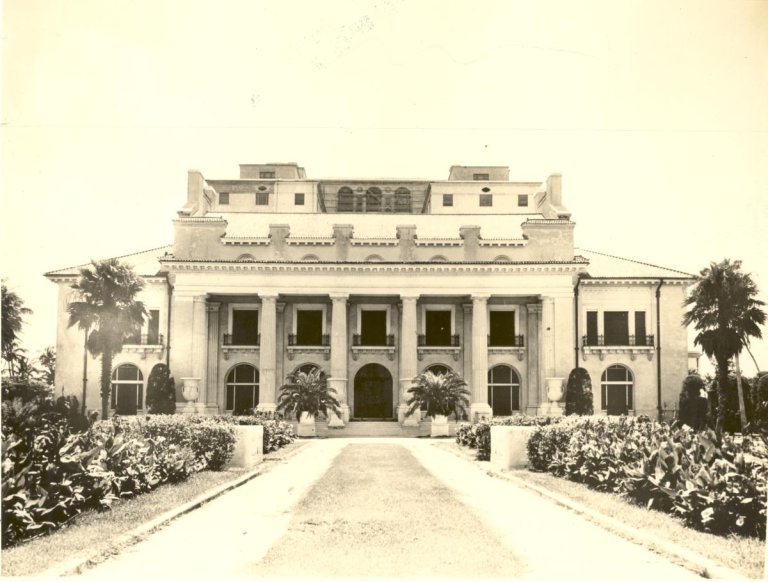
Happy Birthday Florida!
Happy Birthday Florida! Today Florida celebrates its…

Immerse yourself in our African American heritage.
African American heritage runs deep in The Palm Beaches. Florida’s African Americans have made significant contributions to the development of our State and continue to play a key role in shaping modern Florida. Palm Beach County boasts more than a century of African American history, which is showcased in multiple sites, architectural gems, and well-preserved historical sites that encompass the cultural contributions of one of The Palm Beaches’ vibrant communities. Keep reading to learn more about 10 African American heritage sites in The Palm Beaches.
Currently under renovation, the Sunset Lounge was one of the premier African American entertainment venues in the south during the racial segregation of the 1940s and 1950s.
The Lounge was a famous jazz venue that hosted notable performers of the time, such as Ella Fitzgerald, Count Basie, and Louis Armstrong. The renovation of this iconic venue aims to revive the Northwest District of West Palm Beach and establish economic stability.
Once completed, the new venue will pay homage to its humble and notable beginning through state-of-the-art performances and art. The venue will highlight the history and present-day needs of the African American community in the neighborhood. Right across from the Sunset Lounge, the City of West Palm Beach has recently inaugurated a new art installation that recognizes the individuals who contributed to the history of this iconic place.
Through its ArtLife public art program, the city has installed 20 mosaic artworks at Heart & Soul Park, located at 825 North Rosemary Avenue. Following the theme of the Sunset Lounge and its history, several artworks were partially inspired by vintage jazz posters and record covers. Visitors can learn more about the art through a QR code found at each of the artworks.
Location: 609 8th St, West Palm Beach, FL 33401.
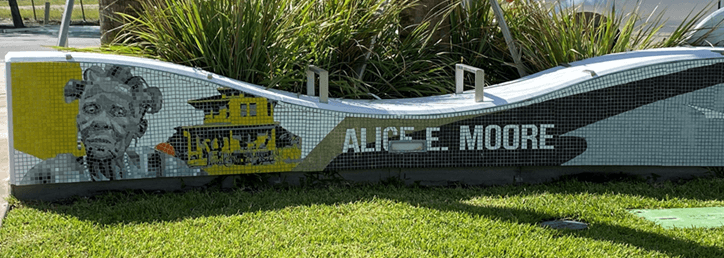
On September 16, 1928, a hurricane came ashore near the Jupiter Lighthouse and traveled west across Palm Beach County to Lake Okeechobee, killing between 1,800 and 3,000 people. Many of the fatalities occurred when the Lake Okeechobee dike collapsed, flooding and destroying settlements on the south shore of the lake. Most of the victims were Black agricultural workers and pioneers whose bodies were buried in mass, unmarked graves. The bones of 674 of those victims are scattered underground at Tamarind Avenue and 25th Street.
Location: Southwest corner of 25th Street and Tamarind Avenue, FL 33407.
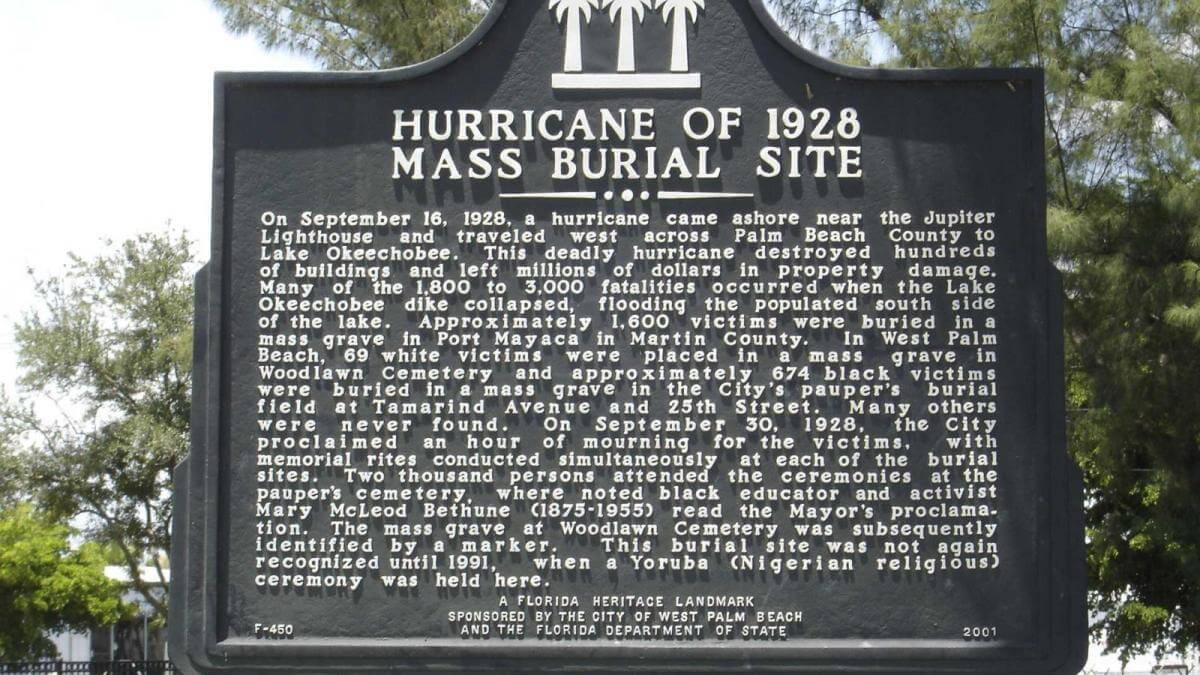
Completed in 2004, the Martin Luther King Jr. Memorial Landmark commemorates the life of Dr. Martin Luther King, Jr. The recently renovated memorial for Rev. King is located in Currie Park, beside the Intracoastal Waterway. The memorial features a large bronze sculpture of King created by artist Steven Dickey of Tampa, with cascading water on a curved granite wall behind the sculpture. The site also includes plaques, photos, and quotes from Dr. King’s life and the civil rights movement.
Location: 2200 N. Flagler Drive, West Palm Beach, FL 33401.
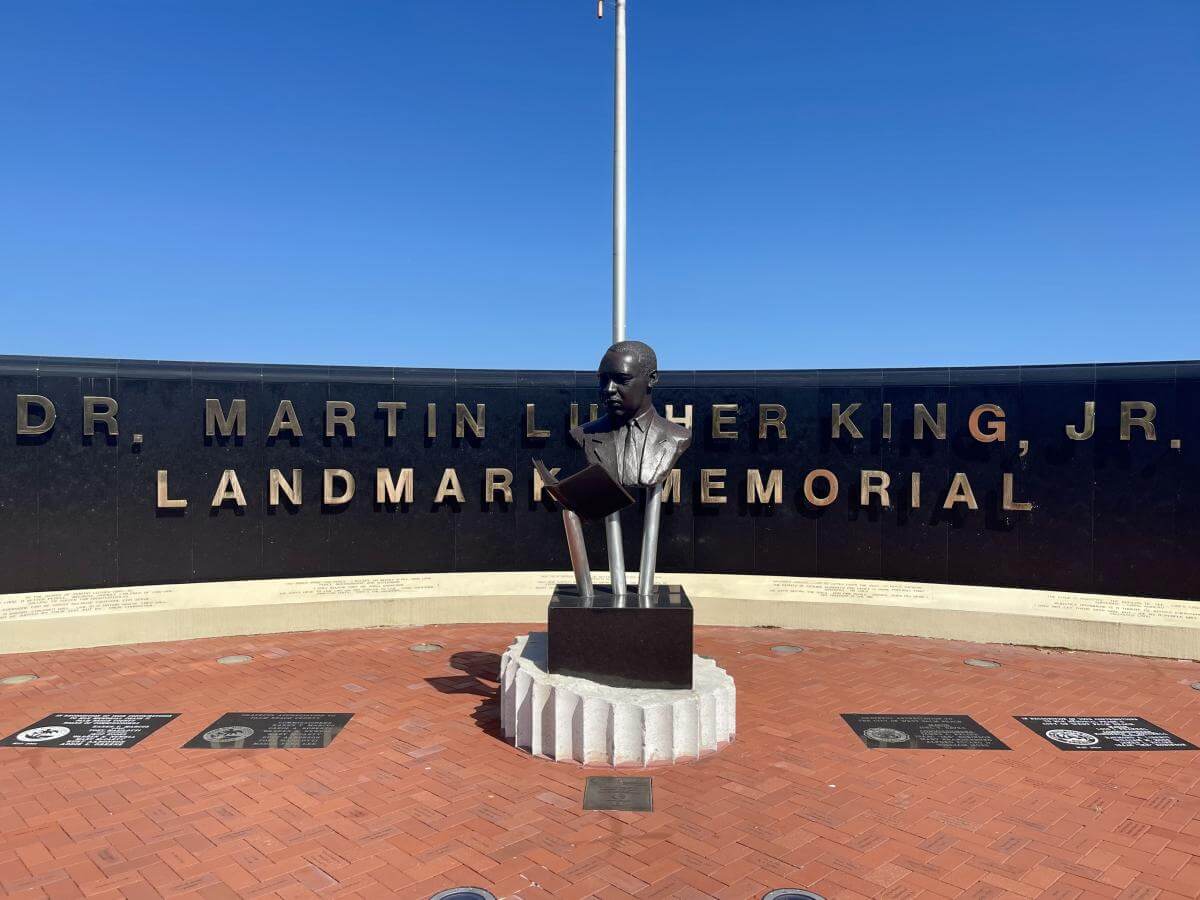
Opened in 1914, Industrial High School was the first African American high school in Palm Beach County at that time. The school housed grades one through twelve. The high school remained open until 1950, when a new school, Roosevelt Junior-Senior High School, was opened.
Renamed Palmview Elementary, the old Industrial High School building now houses grades one through seven. Other campus buildings of Old Industrial High School have been demolished, except for the chapel.
Location: 800 11th Street, West Palm Beach, FL 33401.
Pine Ridge Hospital was the only hospital open to Blacks in five South Florida counties during segregation. The original facility opened in 1916 at 5th Street and Division Avenue and moved to 1401 Division six years later. The new hospital was designed in 1923 by Harvey and Clarke, an architectural firm responsible for $7 million worth of new construction in South Florida between 1921 and 1925.
In the 1920s and 1930s, the hospital superintendent Petra Pinn and all the nurses were medically certified, but the hospital was ill-equipped. Pine Ridge Hospital closed in 1956. That year, patients were moved to the new black-only north wing of St. Mary’s Hospital. On January 26, 2001, Pine Ridge Hospital was added to the U.S. National Register of Historic Places.
Location: 1401 Division Avenue (Private), West Palm Beach, FL 33401.
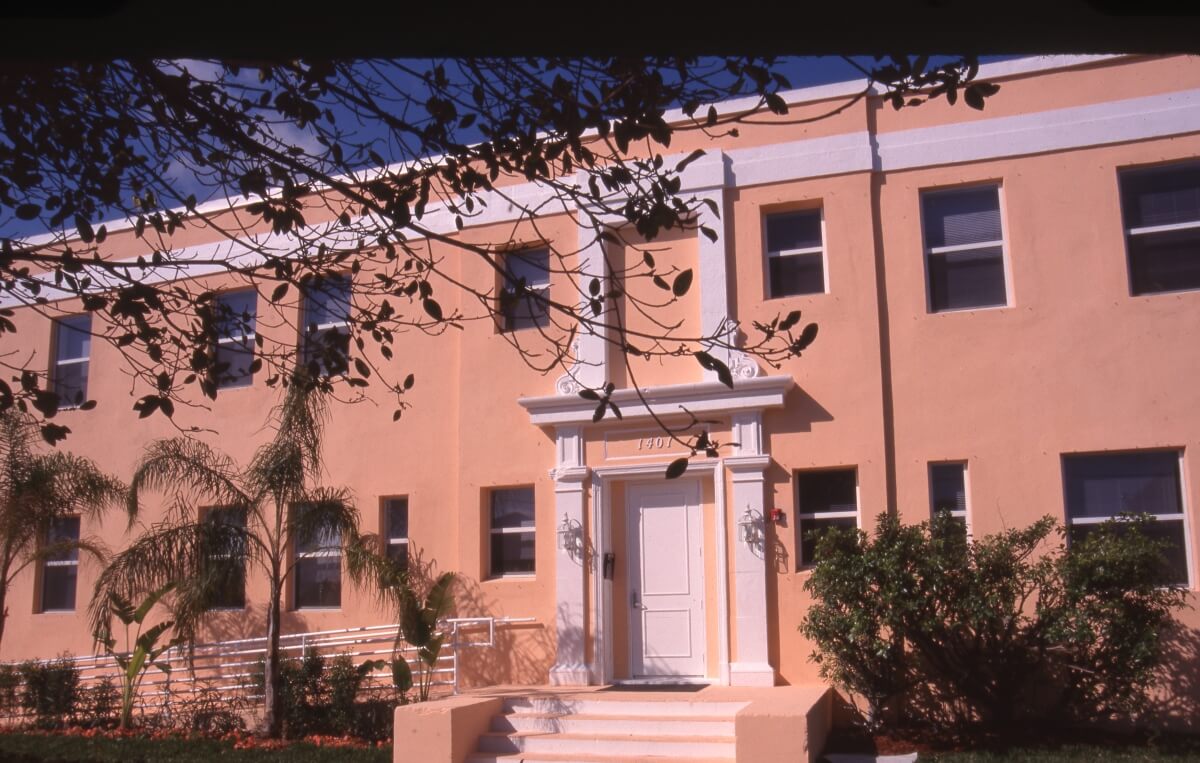
Built in 1946, the Jenkins House was home to African American pharmacist, Dr. Joseph Wiley Jenkins, his wife Roberta, and his daughter Ramona. In 1966, the Jenkins House was sold to the City of West Palm Beach and designated a historic site. Today, the building houses the art center Artists Showcase, one of South Florida’s leading supporters, promoters, and exhibitors of emerging, multicultural, diverse artists throughout the country and abroad.
Location: 815 Palm Beach Lakes Boulevard, West Palm Beach, FL 33401.
Tabernacle Baptist Church was founded on Oct. 8, 1893, as Mount Olive Baptist Church. When it opened, it counted just 18 members. Today, the church boasts 350 members, some of them descendants of West Palm Beach’s pioneer families.
Tabernacle originally operated in the Styx, a shantytown that was located at the north end of Palm Beach for the more than 2,000 Black workers at nearby hotels. When they were forced to leave Palm Beach, Tabernacle moved between Clematis Street and Tamarind Avenue.
In 1894, the first public black school in West Palm Beach was organized and held classes in the church through 1896. The school opened on October 1, 1894, with 74 students.
The original church building was destroyed in a storm in 1902. The new structure was built in 1925 at 801 Eighth St., at Division Avenue. this Neo-Romanesque Revival style structure is the sole example of this style in the Northwest Historic District and is listed on the National Register of Historic Places.
Location: 801 8th Street, West Palm Beach, FL 33401.
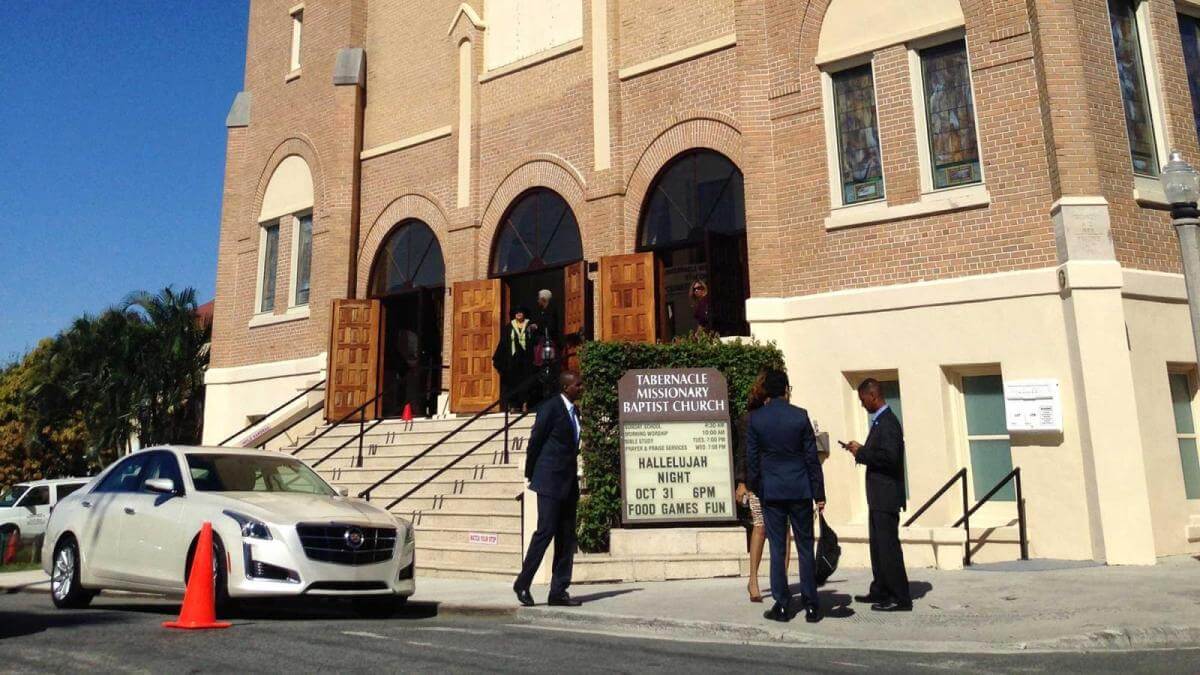
Built in 1947 by Charles Patrick, the La France Hotel was the only African American owned hotel between Delray Beach and Fort Lauderdale, as well as one of the few establishments in South Florida that rented rooms to African Americans during the segregation era in the 1950s and 1960s.
The 20-room hotel hosted famous civil rights figures, great talents, and entertainers, such as Duke Ellington—the American pianist who was the greatest jazz composer and bandleader of his time.
In 2004, the structure was purchased by the Delray Beach Community Redevelopment Agency. Since then, the hotel has been reincarnated as an apartment building that serves Delray Beach low-income seniors. The apartments are located on the original site at 140 NW 4th Avenue, Delray Beach in the West Settler’s Historic District.
Location: 140 NW 4th Avenue, Delray Beach, FL 33444.
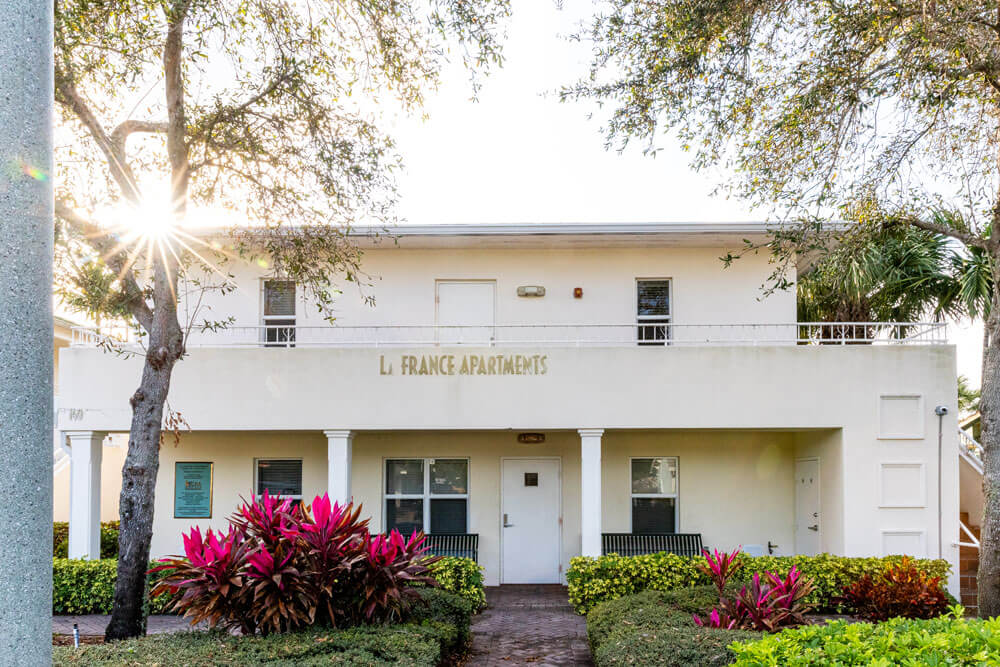
Located at 170 NW Fifth Avenue in Delray Beach, the Spady Cultural Heritage Museum is the only museum in Palm Beach County dedicated to sharing the African, Haitian- and Caribbean-American cultural contributions to Florida and the U.S. The museum is housed in the 1926 Spanish-style home of the late Solomon D. Spady, a prominent African American educator and community leader.
Exhibits and shows range from handmade quilts to photographs from the Civil Rights movement. The museum celebrated 20 years of service in 2021.
Location: 170 NW 5th Ave, Delray Beach, FL 33444.
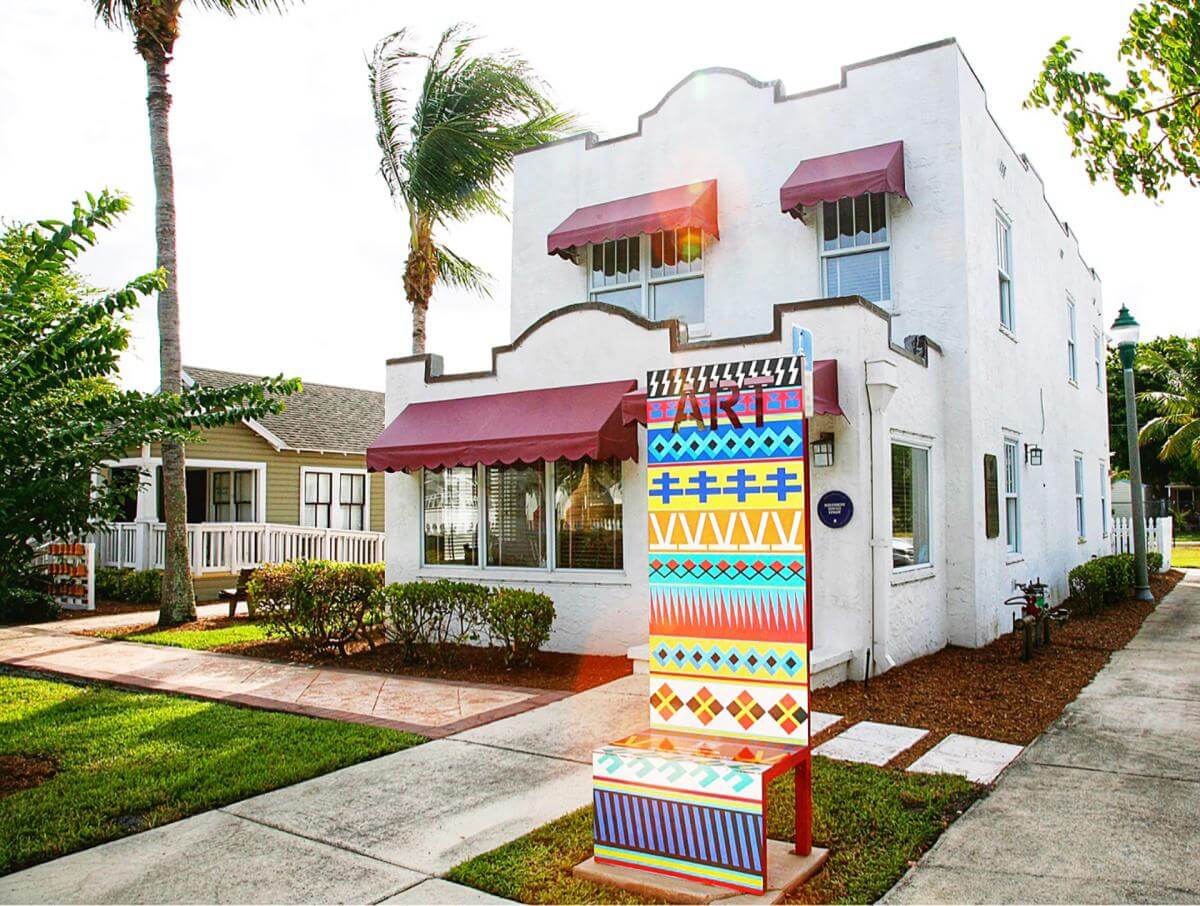
The Osborne School was the first black school in Lake Worth. The building was constructed in 1948 and served that purpose until 1971. The school was built by local residents and self-taught builders, P.W. Odums, Able Wilson and Frank Jones. In 1980, the Osborne School reopened as a community education facility.
Location: 1726 Douglas Street, Lake Worth, FL 33460.

Happy Birthday Florida! Today Florida celebrates its…

Celebrate Black History in The Palm Beaches While always…

Exploring the blend of arts in The Palm Beaches, Florida…
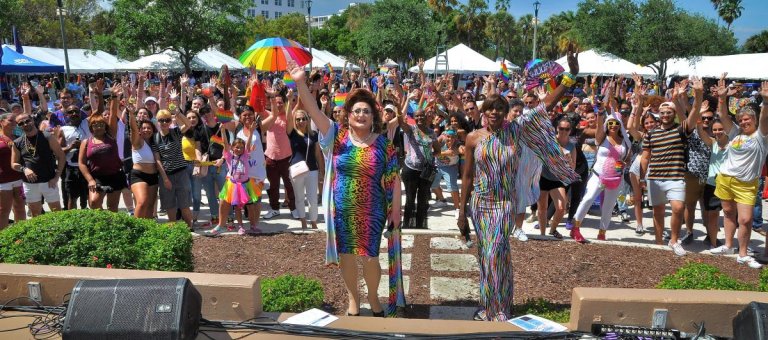
LGBTQ+ Must-See List to The Palm Beaches Check out…
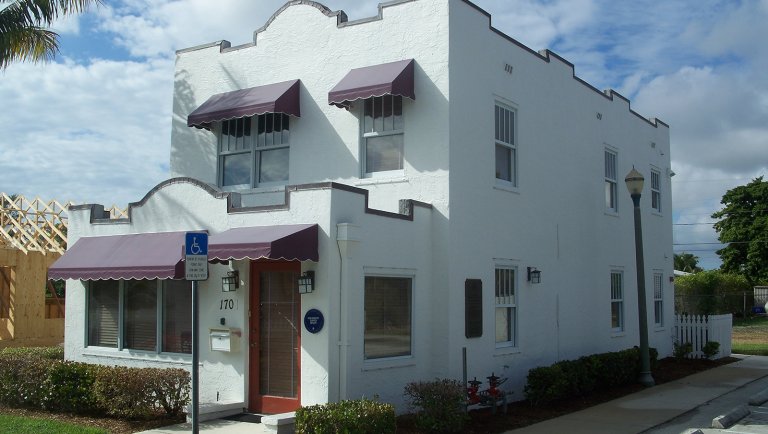
Spady Cultural Heritage Museum, Delray Beach Discover…

Ultra-Americana in The Palm Beaches Find out why The…
Browse lodging options in the one, the only, the Palm Beaches and discover America's First Resort Destination in sunny South Florida.